
!!BEST
SELECTION OF LEARNING MATERIAL, BOOKS AND DVDs on CEE!!
Czech
Republic
The
Czech Republic is located in the heart of Europe, bordering
Germany, Poland, Slovakia and Austria.
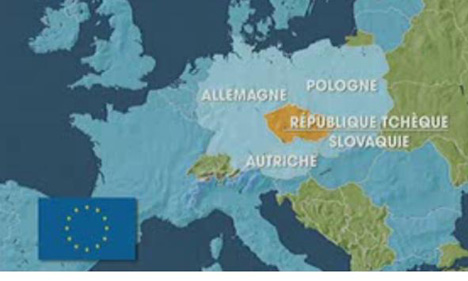
The
country is about 80,000 square kilometers and has about 10
million inhabitants.
It consists essentially of two historical regions: Bohemia
(with the capital Prague) and Moravia (with Brno, the second
largest city in the country)
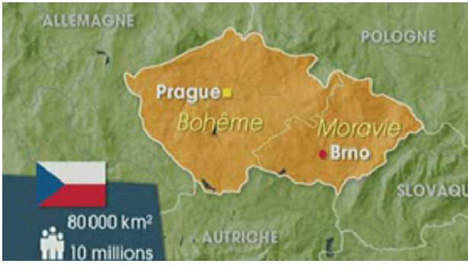
The Czechs
are at 90%, the vast majority of the population. In addition,
there are Slovak, Polish, German, Roma, Hungarians and Ruthenians.
From the
sixth century, Slavic peoples began to settle in Bohemia and
Moravia. They were the ancestors of the Czechs and formed
a small principality, which went to the end of the ninth century
under the rule of the later Holy Roman Empire of the German
nation.
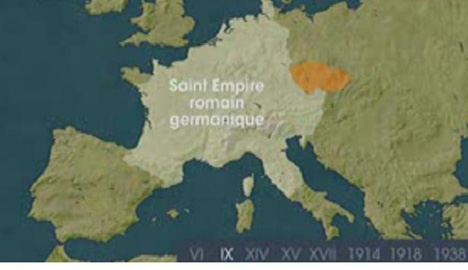
Thus
Bohemia fell under the German sphere of influence, which is
a significant German settlement meant. In the capital Prague,
the first university in Central Europe was founded. It was
founded in 1348 by the Bohemian King Charles I (later Holy
Roman Emperor Charles IV)
A second
important event was the emergence of a reform movement that
began in the 15th Century of Jan Hus appealed.The Hussite
movement was important, as they resisted the imperial rule
over Bohemia.
In Prague,
it was in 1618 for triggering the thirty-year war in which
Protestants and Catholics faced. This was the famous Defenestration
of Prague. Czech nobles who opposed the authoritarian rule
of the Habsburg threw three imperial governor from the window
of Prague Castle, and told the Protestants of the Palatinate,
Frederick King of Bohemia. But the Czechs were defeated by
the Austrians and lost all autonomy.
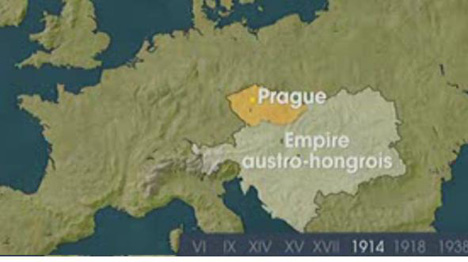
They remained
under the domination of the Austrian Habsburgs, and indeed
until 1918.
A third
important event was the first world war. The Czechs, who had
fought on the side of the Allies declared on 28 October 1918
and formed their independence of Slovakia and Ruthenia a state
of Czechoslovakia.
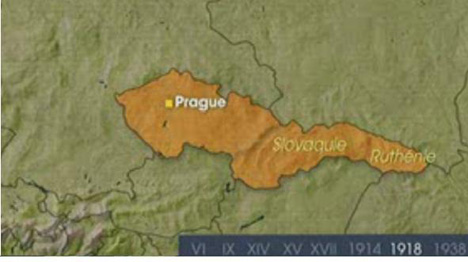
This was
not very stable. Between the agrarian Slovakia and the industrialized
Czech Republic together is not easy. The frontier established
in the treaties of Versailles and St. Germain was long and
hard to defend. Also lived in the outskirts of significant
minorities.Hungarians in southern Slovakia and in the German
Sudetenland. The Sudetenland was annexed in October 1938 by
the Nazi state.
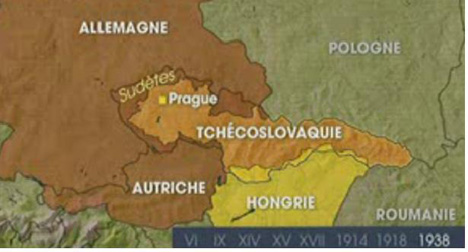
According
to the Munich Agreement the Sudetenland was annexed by Germany
and the territories of the Hungarian minority joined Hungary.
Slovakia
became independent and Bohemia and Moravia a German Protectorate.
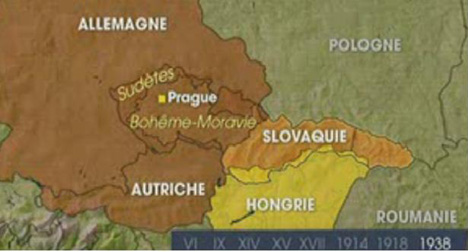
The development
after the second world war is better known.
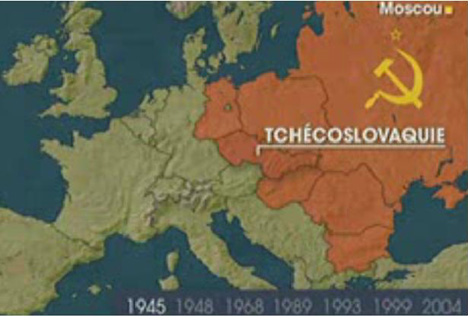
After
the liberation of the country by the Red Army of the Sudeten
Germans were expelled, and Czechoslovakia, in May 1948, a
People's Republic. The only bright spot was in 1968, the Prague
Spring (abolition of censorship, the release of imprisoned
writers, rehabilitation of victims of Stalinism, concessions
to the church permission to leave). But the Prague Spring
was once the winter, when Prague was occupied in August 1968
by tanks and Czechoslovakia remained firmly anchored in the
Soviet bloc until 1989. Then, when the Berlin Wall fell, we
first tried as soon as possible after the European integration
to find by joining the EU and NATO. Czechs and Slovaks separated
on 1 January 1993 peacefully.
The Czech
Republic joined NATO in 1999 and 2004 by the EU.
Now to
the economy of the country:
The Czech
brand Skoda, a subsidiary of the Volkswagen Group, is based
in Mlada Boleslav in the north-east of Prague. Since 2004
in Kolin, the Franco-Japanese consortium Toyota-Peugeot-Citroen
at home. And the South Korean carmaker Hyundai has established
in 2007 in Nosovice in northern Moravia.
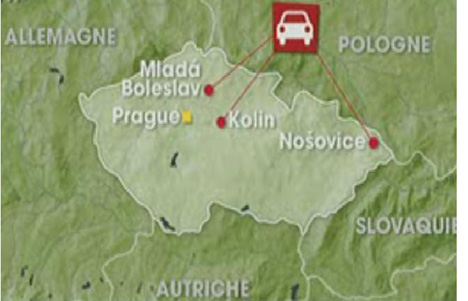
There
is also a strong services sector, which employs over half
the labor force - especially in trade and tourism. Prague
is an ancient city with architectural treasures of different
styles from different eras that attract tourists from all
over the world.
And
then there's agriculture. You It represents only 3% of GDP,
but it gives world-famous beers. The Pilsner is not coming
from Germany but from the Czech Republic and the Budweiser
Budvar brewed in the Czech Republic.
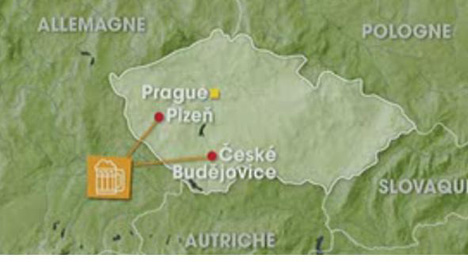
Now to
the Czech Republic relation to European integration. The Czech
Republic joined the EU in May 2004, for which 77% of Czechs
had spoken aloud. The EU is the small country of only 10 million
inhabitants, a third vital partner, which compensates for
the relationship to the great neighbors Germany and Russia.
Maybe depends on the Eurosceptic stance, together with the
country's past, because after the German and Soviet domination
giving a special emphasis on a close relationship with the
United States.The country had joined in 1999 by NATO. Czech
Republic 2003 supported the American intervention in Iraq.
Finally, the Czech Republic has granted the United States
to build a radar installation in the Czech Republic. It is
part of the American missile defense system and is intended
to protect U.S. from threats from Iran.
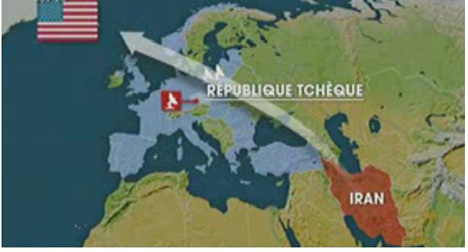
However,
neighboring Russia does not in the least believe that the
U.S. wants to defend itself against Iran. Moscow is convinced
that the radar system is directed against Russia. This leads
to tensions between Washington and Moscow, and thus between
Moscow and Prague.
|